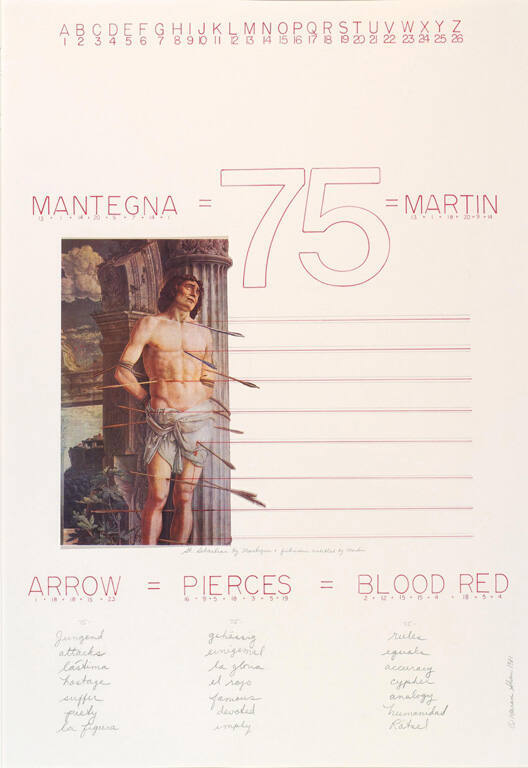
Object Details
Artist
Henri Matisse
Date
1938
Medium
Charcoal on paper
Dimensions
23 3/4 x 15 5/8 inches (60.3 x 39.7 cm)
Credit Line
Gift of William Benedict, Class of 1929, and Mrs. Benedict
Object
Number
69.167
This portrait is one of a series of sketches Matisse made of his son Pierre’s wife Alexina (later ma(…)
This portrait is one of a series of sketches Matisse made of his son Pierre’s wife Alexina (later married to Marcel Duchamp) throughout 1938. In this drawing we see the artist’s thought process as he redraws a line here, elaborates there, smudges areas for shading, and creates a work at once calculated and informal, seemingly spontaneous. Matisse often used his sketches as preliminary studies for paintings, but in this series they keep their autonomous quality. (From “A Handbook of the Collection: Herbert F. Johnson Museum of Art,” 1998)Throughout 1938, Matisse did a series of portraits of his son Pierre’s wife, Alexina. In this drawing we sense the artist’s thought process as he redraws a line here, elaborates there, smudges areas for shading, and creates a work at once calculated and informal, seemingly spontaneous. It is a masterful use of the charcoal medium, as the artist adeptly captures his daughter-in-law’s haunting beauty.Matisse often used his sketches as preliminary studies for paintings, but in this series, the drawings were all intended to be autonomous. When contacted in 1976 by a Johnson Museum curator about this drawing, Alexina replied, “In 1938, I sat for Henri Matisse and he made quite a few ink and pencil drawings, but I do not know the exact number. He gave Pierre Matisse and myself 5 or 6 of them that year. When I divorced from Pierre Matisse, I received 3 of those drawings…. As far as I know, none of these drawings was ever exhibited.” In another letter to the Johnson from Pierre Matisse, he confirmed that his father never made a painting of his former wife. Alexina, always known as “Teeny” to family and friends, went on to marry Marcel Duchamp in the mid-1950s. (“Drawing the Line: 150 Years of European Artists on Paper,” curated by Nancy E. Green and presented at the Johnson Museum January 20–June 10, 2018)












